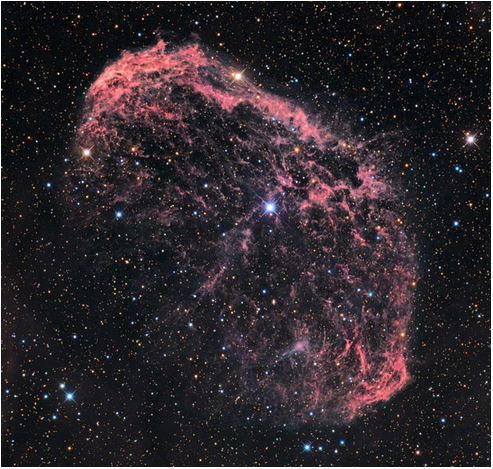2021/06/20
POSTPONED FROM JULY 19-24 2020 to JUNE 20-25 2021 DUE TO COVID-19
We will organize an international conference with the main focus on hot stars showing effects of the presence of circumstellar material such as spectral line emission, excess radiation in the visual and infrared regions, stellar spectrum veiling, nebulocities, brightness and spectrum variations. The classes of object include pre-main-sequence Herbig Ae/Be stars, Be stars, objects with the B[e] phenomenon, hot supergiants, Wolf-Rayet stars, Luminous Blue Variables, and planetary nebulae.
The conference will take place on July 19-24, 2020 in the city of Almaty, Kazakhstan, on campus of the Al-Farabi Kazakh National University. Almaty is located in foothills of the Tien-Shan mountains, which reach heights up to 5000 meters in the vicinity of the city. It is an astronomical site featuring the Fesenkov Astrophysical Institute and three nearby observatories located at elevations from 1500 to 2800 meters above the sea level.
